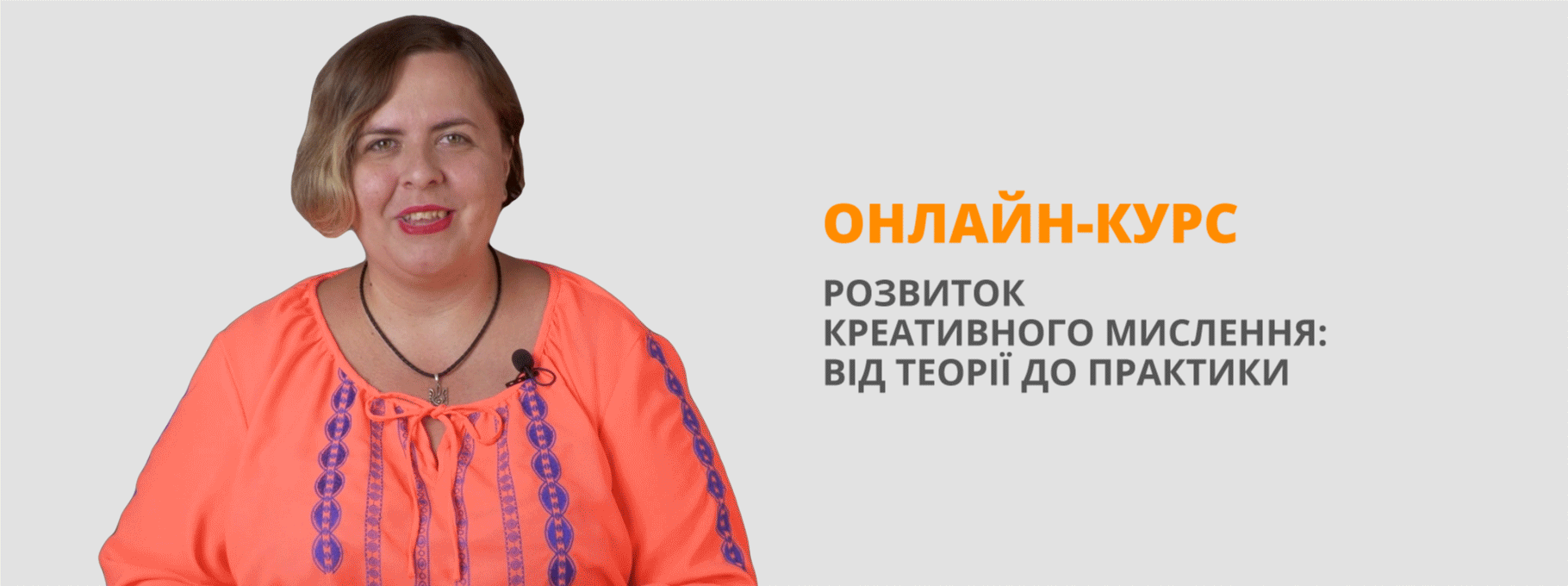Урок-презентація "Винаходи і винахідники"
Розробка уроку-презентаціїна тему "Винаходи та винахідники".Урок об'єднує в собі елементи досліду та творчої роботи. Матеріал відповідає програмі, має на меті звернути увагу на проблеми озеленення навколишньго середовища та шляхи вирішення цих проблем. дітям пропонується не тільки слайдова презентація,а й відеометріал та елементи гри.
Тема: «Винаходи і винахідники»
Мета:
освітня: ввести та активізувати лексику теми в мовних вправах та граматичних структурах пасивного стану;
практична: закріпити та проконтролювати ступінь засвоєння знань, умінь і навичок, сформованих на уроках;
розвиваюча: розвивати вміння дискутувати, розвивати пізнавальний інтерес, пам’ять та увагу;
виховна: формувати інтерес до вивчення англійської мови, виховувати дисциплінованість, культуру спілкування.
Обладнання: роздатковий матеріал, ноутбук, мультимедійний екран, проектор,компоненти для експерименту(сода,укус,кульки,пластикові бутилки)
Course of lesson
І. Introductory part of the lesson.
1. Greeting.
T : Good morning everybody! I believe you will greatly enjoy the subject of our today’s lesson. We’ll dwell upon science in general and on its influence on people’s lives. We shall try to say what inventions people use in the life. But before we start working I want to know which of the following scientific discoveries you think have been the most important for modern life?
2. Warm-up.
T: Look at this list and fill in with other invention.
mp3 player a TV remote control ?
![]()
![]()

![]()
 ?
?
![]()
![]() Electric
Electric
![]() toothbrush a mobile phone
toothbrush a mobile phone
Bluetooth device
T: Dear friends! Times change and we change with the time. Everything that surrounds us is unique. New inventions make our life easier and more comfortable. But today we are going to continue our talk about inventors and the role of science in our life. We are going to speak about the greatest inventions in landscaping(slide 1)
Motto:«Genius is 1% inspiration and 99% perspiration» («Геній – 1% натхнення та 99% поту»)(slide 2)
(Thomas Alva Edison)
II. Main part of the lesson.
(Вчитель об’єднує дітей в групи)
1.Work with presentation.
T: I think you have understood that we have an unusual lesson-travelling by our Time-Machine in time and space. I think it will be very interesting to travel. We are starting our journey and in the and of it we are able to answer such question(slide 3)
- What is common between this things?
- Who was a “father” of the botany ?
- Who is the most famous breeder (селікціонер) ?
- What are the wonders of botany and science ?
- What invention can make all ideas of clean energy and clean nature alive?
(Щоб дати відповідь на кожне запитання вчитель роздає розрізані портрети винахідників чи науковців кожній групі,яка справиться перша, та група отримає додатковий бал,а один з учасників групи читає та перекладає інформацію зі слайду. Перед кожним наступним слайдом діти зачитують наступне запитання і отримують новий розрізаний портрет. Вчитель доповнює виступи дітей.)
Father of the botanist (Slide 4)
The theophrastus (371-286 years BC), which is considered to be the father of botany, described the 500 species of plants in 10 volumes of the Natural History of Plants and 8 volumes of the book "On the Causes of Plants", classifying them into 4 groups (trees, shrubs , shrubs, herbs). Pliny the eldest (23-79 BC) in 37 volume "Natural History" described more than 1000 species of plants and classified them based on economic characteristics (cereals, vegetables, fruits, medicines, honey).
Breeding(slide 5)
Biologist and breeder, author of many varieties of fruit and berry crops. Has developed methods of selection of fruit and berry plants, mainly - the method of remote hybridization. IV Michurin worked on creating frost-resistant, large-leaved varieties with excellent taste properties.
Hanging Gardens of the Semiramids(slide 6)
According to ancient legends, the Hanging Gardens of Semiramids were located on the eastern shore of the Euphrates River, about 50 km south of Baghdad. They were built for the wife of the Babylonian king Nebuchadnezzar II of Semiramis, which was lagging behind the mountains and the woods of his homeland.
In the architectural plan, the Hanging Gardens were a pyramid consisting of four tiers - platforms, supported by columns up to 25 m. The lower tier had the form of an irregular quadrilateral, the largest side of which was 42 m, the smallest - 34 m. To prevent the irrigation of water, the surface Each platform was initially covered with a layer of cane mixed with asphalt, then two layers of brick, fastened with plaster solution, on top of all stacked lead plates. On them a thick layer lay fertile land, where were planted seeds of various herbs, flowers, shrubs, trees [source?]. The pyramid resembled an ever-blooming green hill.
In the cavity of one of the columns there were pipes, through which the pumps supplied water from the Euphrates round-the-clock to the upper tier of the gardens, from where it flowed (streaks and small waterfalls) and irrigated plants of the lower tiers. It seemed like a miracle of water, shadow and coolness among the trees brought from distant Mussels.
331 BC The forces of Alexander of Macedonia captured Babylon. The famous military leader made the city the capital of its vast empire. After the death of Alexander (323 BC), Babylon gradually collapsed. The gardens were abandoned. Flood broke the brick pillars of the columns, the platforms collapsed. So one of the wonders of the world died.
Video file https://www.youtube.com/watch?v=20z6nuSpIME
Sophia Park(slide7)
Its founder became the landowner Stanislav Pototsky,
The first park architect, Metzel, developed the basic idea and master plan. Stanislav and Sofia wanted to reproduce in this place an illustration of ancient Greek poems Odyssey and Iliad.
Of course, for all the work it took a lot of working hands. Even according to rough estimates Sofievsky Park was built by the forces of 800 workers, which took more than 10 years of it.
The park was first opened in 1800, but at that time its construction was not completed yet. Work continued on the improvement of ponds and the laying of alleys. Unfortunately, Count S. Potocki did not wait for completion, since he died in 1805, spending on his child more than 2.5 million royal rubles.
Video file https://www.youtube.com/watch?v=7ITRkJJr_mE
Vertical gardens(slide 8)
The famous French botanist and decorator, who invented a completely new approach to gardening the city-Vertical gardens. Instead of the land he proposed to grow plants on the walls of buildings.
Video file https://www.youtube.com/watch?v=2Loo_3nma5o
The Cities in the deserts(slide 9)
The project was sponsored by Malka and Yachar Bouhaya Architecture. This huge building with a full-fledged living city on its "board" will occupy the greenery of deserts.
In addition to the fact that the "city on wheels" is equipped with a crawler stroke, over it there are huge balloons that absorb the accumulated water condensate. During the first entry to the "object" the machine digests the soil, which is used to soften the water from the balls. With subsequent movements, seeds, fertilizers and water for irrigation are introduced. It is planned that this facility will later learn to contain the sand and dust of the Sahara desert, while not calling in the desert itself, but moving along its borders. The design works through renewable energy sources, namely: solar tower power stations, generator generating electricity due to temperature differences day and night in the desert, as well as air engines.
In theory, the machine is capable of generating energy that will be sufficient to sustain the life of a small town on its own: housing, companies, schools, parks and agricultural lands that supply people with food. Currently, scientists are working on improving the project for work in the Sahara Desert.
solar cell(slide 9)
(In 1880) the American scientist Charles Fritts invented a selenium solar cell. His idea was that he covered selenium with a thin layer of gold, and the difference between these two chemical elements allowed the transformation of sunlight into electricity.
But in electricity guides, the first solar panels in the world appeared in 1954. It was then that scientists Deryl Chapin, Kel Fuller and Gordon Pearson created a solar-based solar cell.
Video file https://www.youtube.com/watch?v=VZjEvwrDXn0
III. Final part of the lesson.
1.Do some experiment!
Now we will try to fill ourselves as scientists and do some experiment.We need some soda, balloons,vinegar,plastic bottles, some tie and your enthusiasm.
(Діти виконують експеримент під керівництвом вчителя:
1.Пластикові бутилки наповнені оцтовою кислотою на 1\3.
2.Не надуті повітряні кульки заповнити 1 столовою ложкою соди.
3.Обережно надвти повітряні кульки на горловини бутилок, не пересипаючи соду в середину.
4.Обережне пересипати соду в бутилу з оцтом і чекати реакцію.Газом від реакції кулька надується.Завязати кульку підготовленою ниткою)
2. Summarizing.
T: You have heard many interesting facts, impressive information about inventors and inventions. And I want to finish our lesson with Sophocles’s words: «Wonders are many and nothing is more wonderful than man».
Slides:
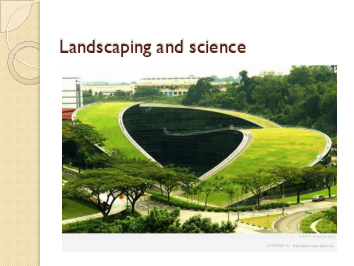 1
1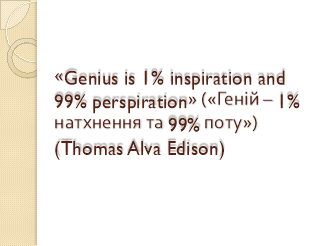 2
2
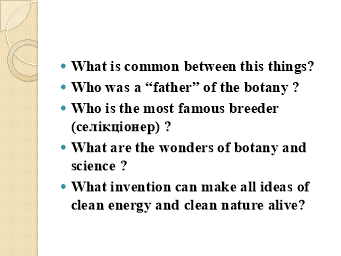 3
3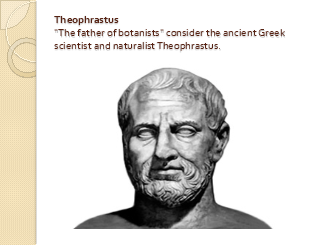 4
4
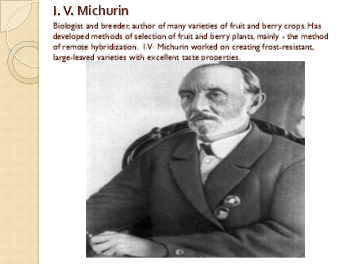 5
5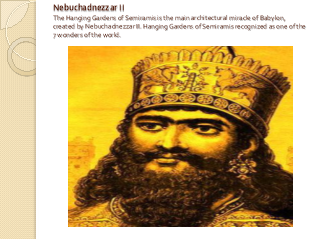 6
6
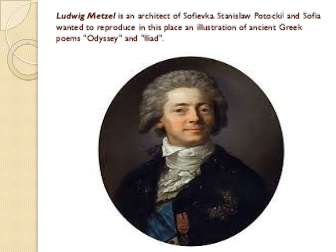 7
7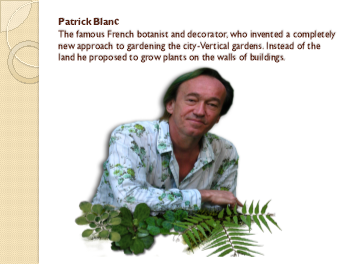 8
8
 9
9 10
10
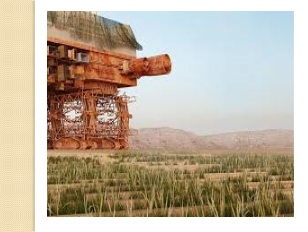 11
11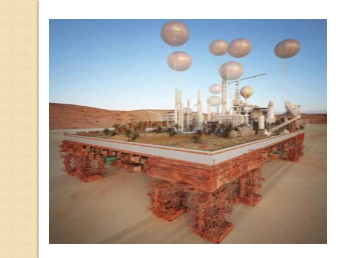 12
12
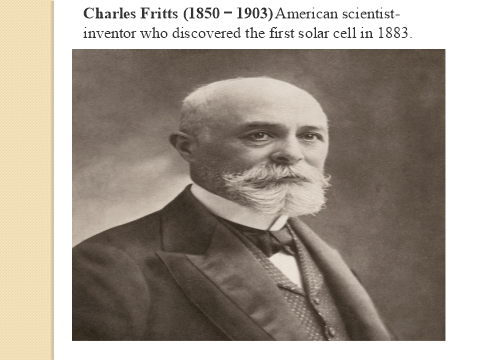 13
13
 14
14
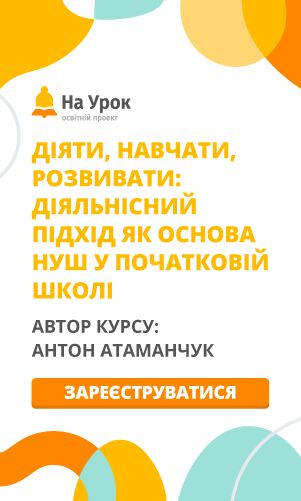

про публікацію авторської розробки
Додати розробку
